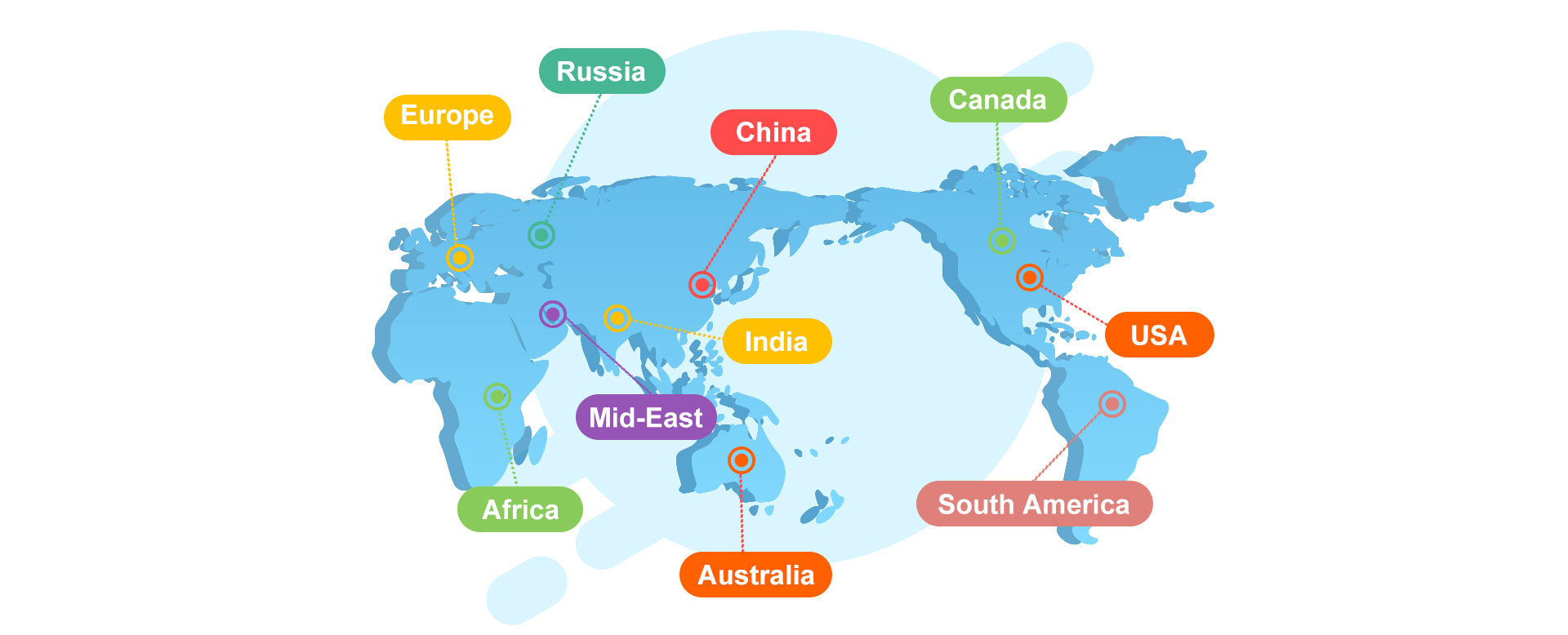Snowmaking Machines: Definition, Types, Application Scenarios, and Future Development
In winter, the beautiful scene of snowflakes falling is often enchanting. However, experiencing such a scene in summer or other seasons is somewhat difficult. This is where snowmaking machines come in, bringing us the romantic experience of walking in the snow. This article will delve into the definition, types, application scenarios, and future development of snowmaking machines.
Definition and Working Principle of Snowmaking Machines
A snowmaking machine, as the name suggests, is a device that can artificially create snowflakes. It forms granular substances similar to snowflakes by cooling and condensing water. The working principle of a snowmaking machine mainly consists of three steps: first, the water is treated with high pressure to form tiny water droplets; secondly, these water droplets are cooled to cause them to condense into ice crystals; finally, through certain technical means, these ice crystals collide and stick together to form granular substances similar to snowflakes.
There are currently various types of snowmaking machines on the market. The following are several main types of snowmaking machines:
Compressed air snowmaking machine: This type of snowmaking machine uses compressed air to spray water droplets into cold air, causing them to condense into ice crystals. The advantage is its simple structure and easy operation; the disadvantage is its high energy consumption and large snowflake particles produced.
Hydro-electric combined snowmaking machine: This type of snowmaking machine uses a combination of hydroelectricity to treat water droplets with an electric field, making them easier to condense into ice crystals. The advantage is the small and soft texture of the snowflake particles produced; the disadvantage is the high cost of the equipment and the need for professional operation.
Laser snowmaking machine: This type of snowmaking machine uses a laser to treat water droplets, causing them to quickly condense into ice crystals. The advantage is the extremely small and realistic texture of the snowflake particles produced; the disadvantage is the extremely high cost of the equipment and expensive maintenance.
The application scenarios of snowmaking machines mainly include the following:
Stage effects: Snowmaking machines can create a dreamy ice and snow world for stage performances, enhancing the visual impact on audiences and adding a touch of color to the show. For example, in the musical “Frozen,” the snowflake scene created by the snowmaking machine makes the audience feel like they are in a fairy tale world.
Movie special effects: Snowmaking machines play an important role in film shooting, especially when shooting winter scenes. It can help directors create realistic snowy environments, making audiences feel the chill of the cold wind. For example, in the movie “Titanic,” the iceberg scene created by the snowmaking machine leaves a deep impression on audiences.
Sports event broadcasting: In winter sports competitions such as skiing and skating, snowmaking machines can provide sufficient snow for the competition venue, ensuring the smooth progress of the competition. In addition, during the broadcast of the competition, snowmaking machines can also create a tense competition atmosphere, improving the viewing experience for audiences.
Theme parks: Snowmaking machines add fun and attractiveness to winter activities in theme parks. It can help parks create a winter scene covered in snow and ice, making visitors feel the charm of the ice and snow world. For example, in the “Frozen” themed area of Disneyland, the snowy environment created by the snowmaking machine has become a popular spot for visitors to take photos.
Future Development of Snowmaking Machines
With the continuous advancement of technology and people’s love for winter sports, the future development prospects of snowmaking machines are very broad. Firstly, in terms of technology, snowmaking machines may become more intelligent and efficient, reducing energy consumption and costs. Secondly, in terms of application, snowmaking machines may be applied in more fields such as winter sports training, winter tourism, and winter culture. Finally, in terms of the market, snowmaking machines may face more fierce competition and need to continuously improve product quality and service levels to meet market demand.
In summary, a snowmaking machine is a device that can artificially create snowflakes and has a wide range







